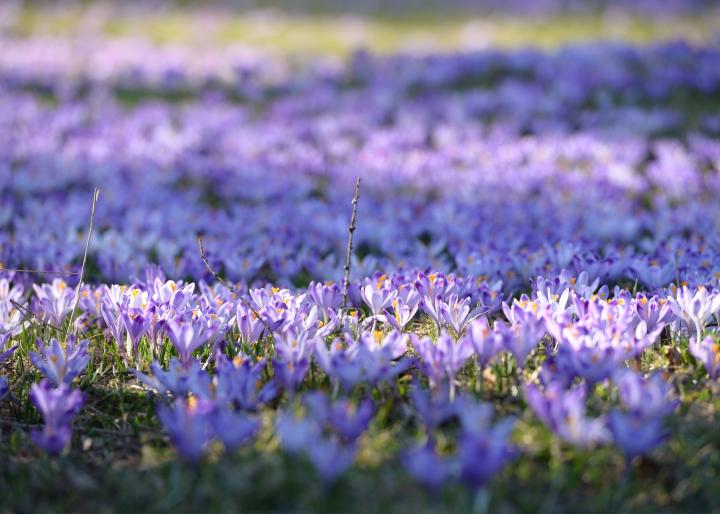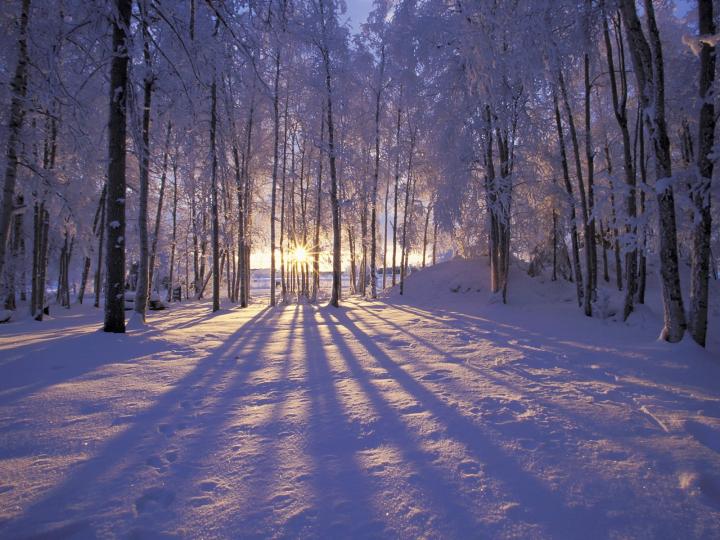
2024 Seasons Dates: Spring, Summer, Fall, Winter
ADVERTISEMENT
My favorite season is fall. After a long, hot, humid summer in the Deep South, I’m ready for a break.
I love all but winter. I don't like less sun and more cold! Let's just get rid of winter entirely!
Catherine Boeckmann, Why aren't you guys on FaceBook?
We are! Follow us on Facebook.
My favorite season is spring, it also happens to be when my birthday is and when the flowers start to bloom! This makes me feel happy, the newness of life and color. Although I enjoy summer and fall because of color and temperature, spring is my favorite ❤️. Thanks for the pics of the seasons, beautiful
Spring is my favorite season because it is the re-birth of almost everything that has gone dormant for three months. It's beautiful to see the process of life continuing and that God hasn't forgotten about us.
I have wondered when is Mid-summer. I have read Midsummer is June 21. This is confusing since June 21 is also known as first day of summer. How can it be both mid and first? Then I read about a different way to read the seasons from pagan use of cross-quarter days and how they are marked along with equinoxes and solstices. Our calendar has 52 weeks. divide this into four and it is 13 weeks, the approximate time between solstice and equinox. Half way between these are the cross quarter days. May 1, Aug 1, Nov 1, Feb 1. Each of these days have been also named as holidays and most still recognized today. This naming of the cross quarter days also gives marking to seasonal changes. Summer is marked as being from May 1 to Aug 1 putting June 21 as Midsummer. Autumn is marked as Aug 1 to Nov 1 with the eve of Nov 1 being all hallows eve and the beginning of the dead season aka winter. Spring is from Feb 1 which is still recognized by the groundhog trick, and finishes with the May 1 Maypole day. Can you explain where Midsummer is? It suddenly makes so much more sense to me. It also explains why August becomes the beginning of Halloween season as we who love it will have noticed. Happy seasonings.
Modern astronomical summer begins at the summer solstice (longest day) which is around 21st June and meteorological summer begins on 1st June.
However, a much older calendar had summer starting on 1st May, in which case midsummer is around the summer solstice.
It can be confusing but you might ask how can May be in both spring and summer. It depends which calendar you use. On the old calendar it was the first month of summer; now it is regarded as the last month of spring.
I love all the seasons except early spring. It so often disappoints. I expect warmer weather and watch the buds on the trees and early flowers bloom with joy. Then, I am horrified when winter returns again to destroy all the newness and hope.
Slight typo:
"What Causes the Seasons?
It’s the Earth’s tilted axis causes the seasons."
Should be either "It's the Earth's tilted axis [that] causes the seasons." or "[The] Earth's tilted axis causes the seasons."













